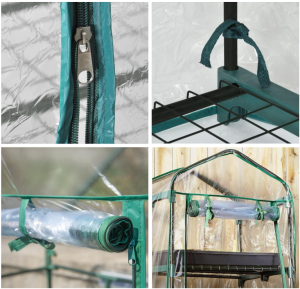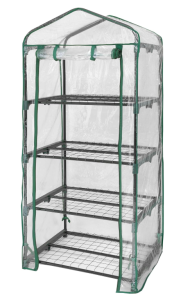Terry Pierce
Mmm-mm! Forest animals squeak, tweet, slurp, yip and chomp over the sweet, plump fruit of a wild blackberry bush. But what happens when a bear arrives to take part in the feast? Young children will enjoy following the story by making the animal sounds, and the chaos that strikes upon the bear's arrival will surely bring on the laughter. The cumulative, rhyming text makes for a great read-aloud.The "For Creative Minds" educational section includes: Blackberry fun facts, How we eat blackberries (with smoothie recipe), Plants are the bottom of the food chain, Plants and animals, How do animals help plants?, and Are plants always good?This book needs to be returned.

